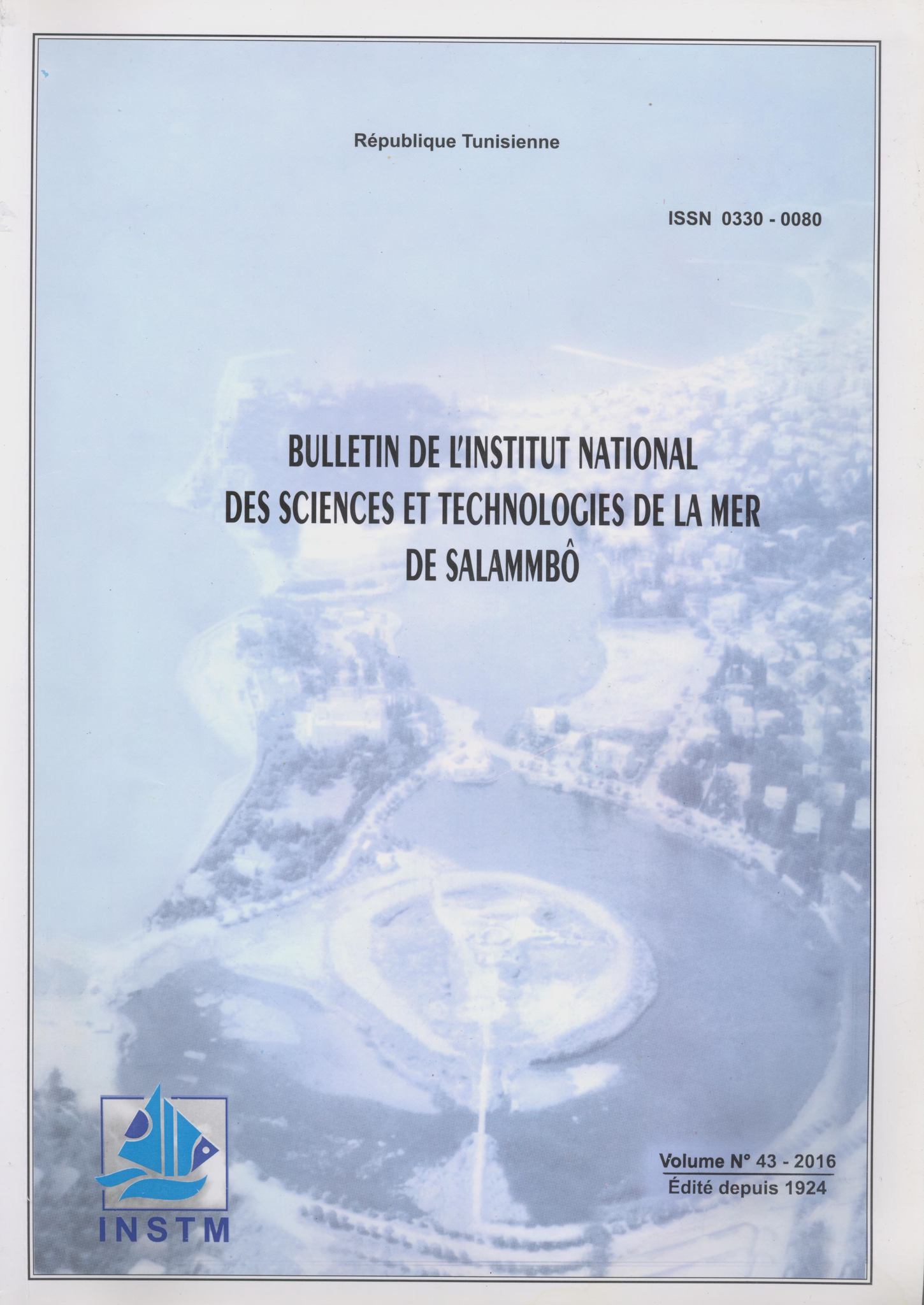Etude du régime alimentaire de Sardinella aurita (Valenciennes, 1847) et de S. maderensis (Lowe, 1841) de la côte occidentale de l'Afrique
DOI:
https://doi.org/10.71754/instm.bulletin.v43.252Keywords:
Sardinella aurata, régime alimentaire, indice de fréquence, Sardinella maderensis, Diet, West Africa coast, AtlanticAbstract
The feeding of Sardinella aurita and S. maderensis has been studied from stomachs samples taken monthly on 483 individuals of S. aurita and 485 of S. maderensis. Diet analysis was done by classifying prey from the frequency index, with sex, size and place of provenance of the fishes taken in account. The results showed that the sardinella’s diet is based on plankton, and specially on copepods which are nearly always their preferential prey. The cold season showed more diversity for these two species, because of the upwelling phenomenon. Moreover, S. maderensis preferentially consume copepods in both warm and cold seasons. By contrast, for S. aurita, copepods dominate in the cold season, but become secondary prey in the warm season in favor of inorganic sediments. The review of results through Statistica showed significant differences by sex, size and place of provenance for Sardinella aurita and only by sex for S. maderensis. These results demonstrate that the two species, although having neighboring feeding behavior, act differently towards available food resources, for S. aurita seems more influenced by variation of environmental factors.













